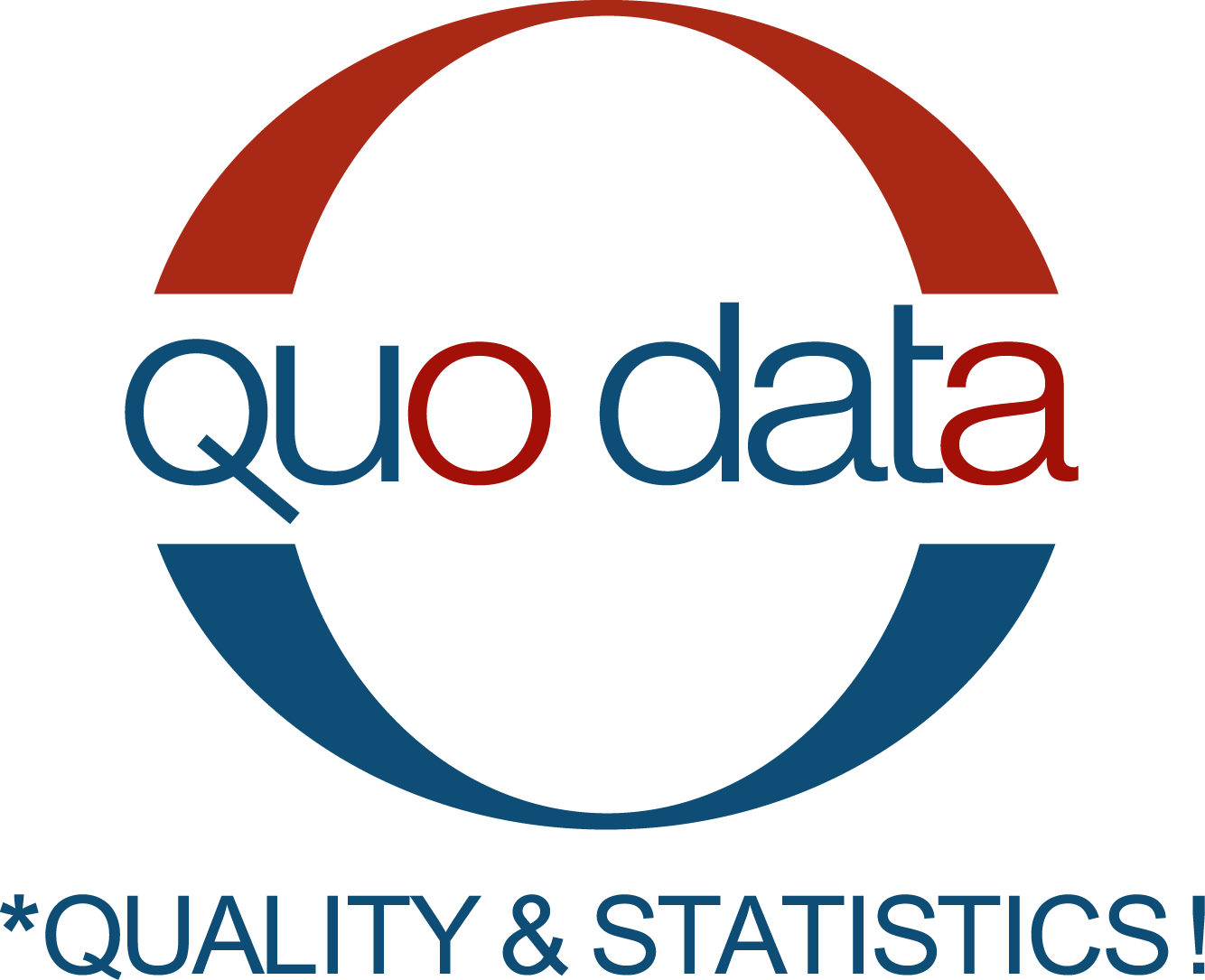Test laboratory for the effect-related analysis of estrogenic activity
Testing and research laboratory for effect-based methods
We are your reliable partner for the detection and evaluation of hormonal and endocrine-disrupting effects across a broad range of sample types.
To achieve this, we leverage robust and reliable yeast-based biosensor systems utilizing Arxula adeninivorans and Saccharomyces cerevisiae. Most of these bioassays have been developed and extensively optimized in-house, and all are fully validated to ensure consistent and accurate performance.
We use our effect-based yeast assays to determine e.g.,

- the estrogenicity (ISO 19040-2:2018 (A-YES))
- the androgenicity
- the progestagenicity (hPR)
- the estrogenicity mediated by bisphenols (modified hERα)
- the gluco- (hGR) and mineralcorticoid activity (hMR)
- the activity mediated by the Ah receptor (AhR/ARNT)
- thyroidal activity (TRα and TRβs)
in
- water and aqueous extracts from e.g. wastewater, bathing water, groundwater, surface water, raw and drinking water, spring, mineral and table water as well as from sludge and soil eluates
- extracts from personal care products, cosmetics and coatings
- food and animal feed, food supplements and additives
- natural and synthetic pharmaceutical preparations.
Your contact for contract research
In our BSL-1 laboratory, we work in close collaboration with partners to develop, optimize, and validate biological assays across a broad range of applications. Our expertise centers on microbial prokaryotic and eukaryotic expression systems, as well as the development and execution of immunological assays.
Whether it's a proof-of-concept, feasibility study, or part of method verification or validation, we provide end-to-end support—both in silico and through hands-on laboratory implementation. We emphasize efficiency, reproducibility, and compliance with regulatory standards throughout the process.
Our proprietary software solutions enable the structured design, execution, and evaluation of data-driven Design-of-Experiment (DoE) studies, ensuring scalable and robust optimization and validation workflows.
Our support for external quality assurance
With our extensive expertise in organizing and statistically evaluating interlaboratory studies, combined with the operation of our own testing and research laboratory, we offer comprehensive support in the development and implementation of external quality assurance measures for biological testing.

Whether it's conducting an interlaboratory study as part of a method validation, a proficiency test, or a comparative analysis involving a select group of laboratories — QuoData manages the entire process. This includes organization, sample selection and production, homogeneity and stability testing, logistics, provision of digital data entry tools, as well as statistical evaluation and preparation of reports or certificates.
